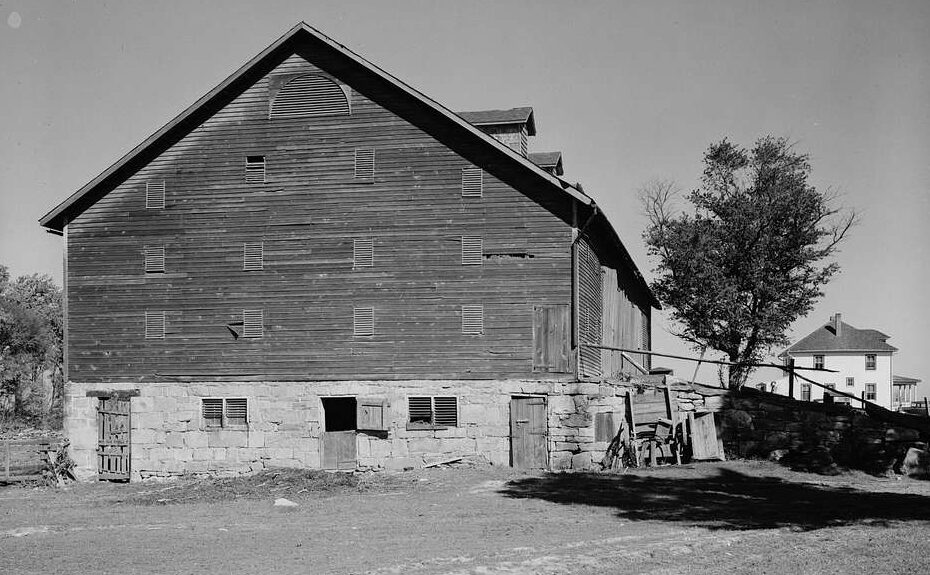September 25, 2024
According to Felani Afrika Spivey, a descendant of Alexander Satterwhite, without the monument, Belmont would just be a story circulated, the monument makes it real.
On Sept. 21, Maryland’s Montgomery County honored four Black men who purchased land in 1906 to create an upscale Black neighborhood called Belmont.
According to WTOP News, the Belmont neighborhood was shut down before it ever got started, partly because of threats against the group as it was being built. Only three years into the construction of Belmont, every trustee in the Chevy Chase Land Company, which, as The Washington Post reported, was founded by a racist, Francis G. Newlands, pulled out of its agreement to build the neighborhood, ending the development of the neighborhood.
According to historian Kim Bender, “I think if it had been white people doing the same thing, Chevy Chase Land Co. and their other business partners would have released the title to the lots,” Bender told the Post. “They refused to accept payment from the Belmont syndicate.”
According to Phil Lewis, a reporter for the Huffington Post, Charles Cuney, Michel Dumas, James Neil, and Alexander Sattlewhite, who bestowed upon themselves the nickname “The Belmont Syndicate,” worked with a white man who bought the land on their behalf to circumvent the segregation of the day.
An ad for the neighborhood in the Washington Post called attention to Black residents, asking them to purchase “an ideal suburban lot in the most beautiful and most rapidly improving section of Northwest Washington, Belmont Chevy Chase.” According to the advertisement, lots began at $400 and openly described the neighborhood as the “only good subdivision in Washington where colored people are welcomed to buy.”
However, once white residents got wind of the development, they did everything they could to stop the development of the property, including threats and having the four men arrested.
According to historian Neil Flanagan, “There were threats of violence, there was there people were talking about bringing out a clan.”
A white resident who lived in the area at the time told the Washington Times, “To establish a negro colony at Belmont, practically at our doors and beyond the restraint of the District police force, would mean the impairment of our property values, a constant menace to our peace and security, and the destruction of the happiness of our homes.”
According to Felani Afrika Spivey, a descendant of Alexander Satterwhite, without the monument, Belmont would just be a story circulated; the monument makes it real.
“This marker states the facts of what happened in this location in Chevy Chase in 1906 when my third great-uncle, along with three men, Black men, purchased land to create an affluent Black community, and it was halted,” Spivey told Lewis.
Spivey continued, “Without this marker, [Belmont] would be a rumor. It means a lot to me and my family for our legacy, and hopefully, it helps us get reparations.”
Spivey also told WTOP, “As a descendant, I’m just honored to be born into a family that did great work like this for American history. It dispels the myths about The Belmont Syndicate, and it just pays honor and homage to the four Black men who, in 1906, did such a courageous, almost unheard of thing.”
RELATED CONTENT: Historic All-Black Schoolhouses In Maryland To Be Preserved
Enter your Email Address below to get our fun-filled Newsletter!
© 2024 Black Enterprise. All Rights Reserved.

